Tatami mats are widely recognized as a symbol of traditional Japanese flooring and a hallmark of Japanese-style rooms. However, many people may not know much about their history and unique features. This article delves into the origins, characteristics, relaxation benefits, and climate compatibility of tatami mats, as well as their modern-day applications.
The Origins and History of Tatami Mats
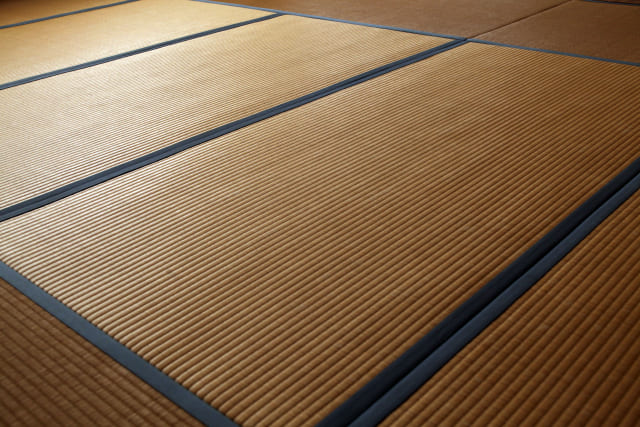

Today’s topic is Tatami!

I love Tatami!
From Straw to Tatami: Roots in the Jomon Era
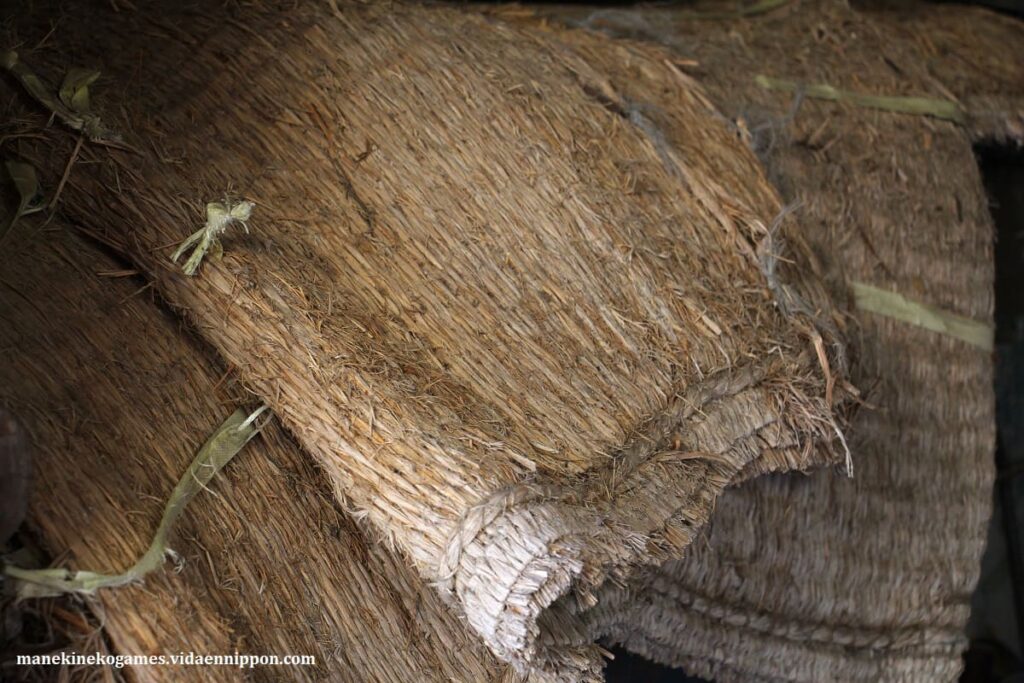
The origins of tatami mats can be traced back to the Jomon and Yayoi periods, when people used dried rice straw as floor coverings. These early straw mats laid the groundwork for what would eventually become the tatami mats we know today.
Tatami in the Heian Period
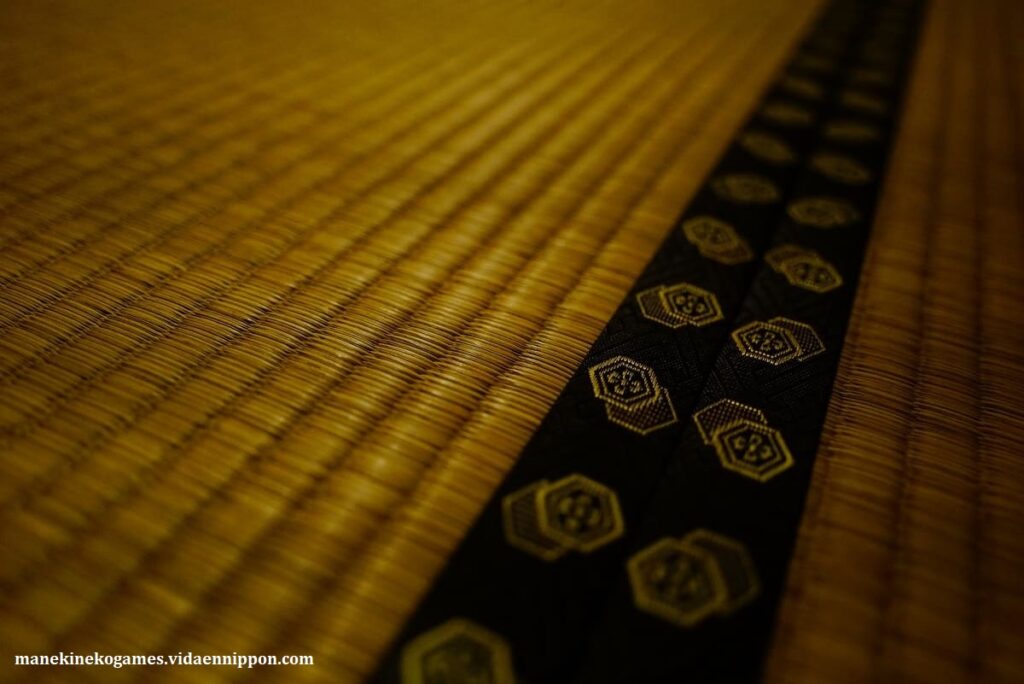
Tatami mats, in their more recognizable form, emerged during the Heian period. Unlike today’s fixed flooring, Heian-era tatami mats were portable and used as bedding or seating. Nobles often utilized these mats to create comfortable spaces, and the decorative borders (known as heri) reflected social status and class distinctions.
Materials and Features of Tatami
Basic Structure

Tatami mats are primarily made from igusa (rush grass), consisting of two layers: the woven tatami-omote (surface) and the tatami-doko (core). This structure provides both durability and comfort.
Characteristics of Igusa
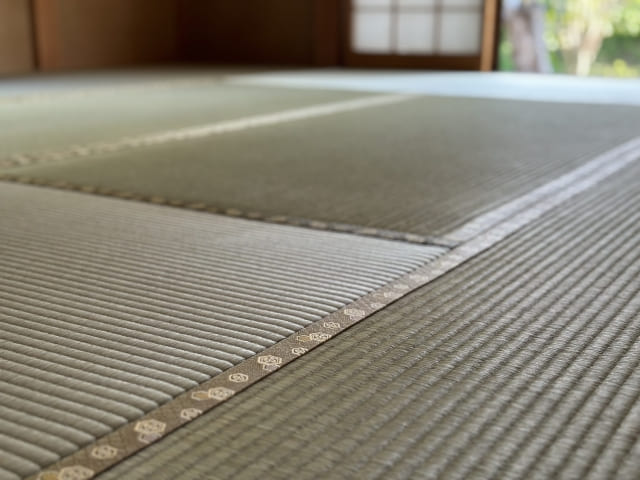
Igusa has excellent humidity control and insulation properties, making it ideal for Japan’s diverse seasons. Additionally, it is said to have antibacterial and deodorizing effects, further adding to its appeal.
The Relaxation Benefits of Tatami
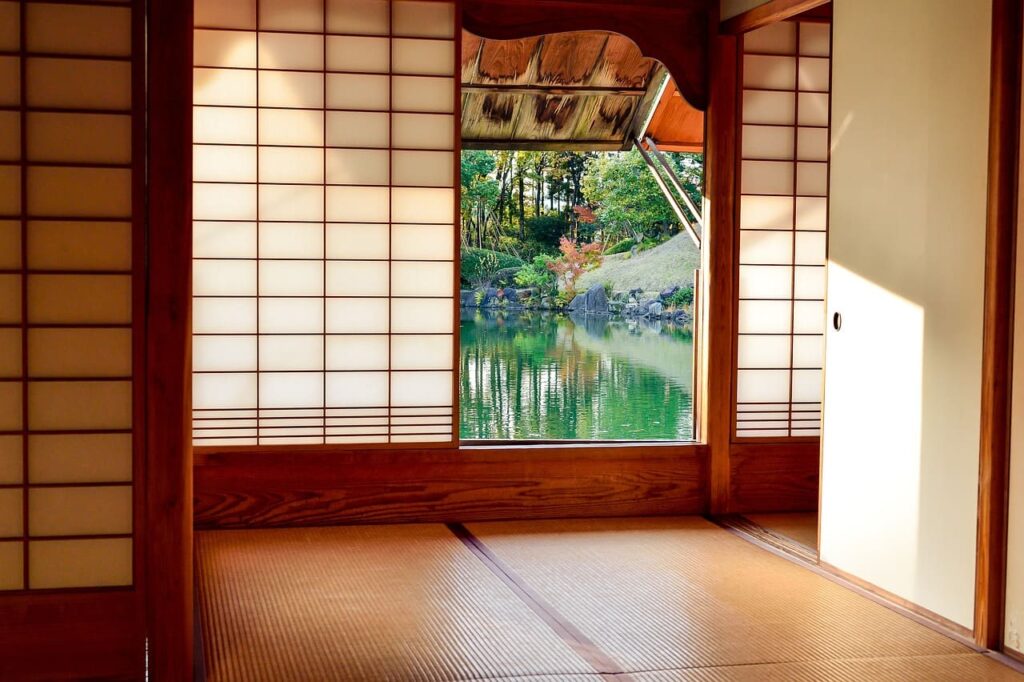
Tatami mats are known for their calming effects, largely thanks to the aroma of igusa. The scent contains natural compounds that reduce stress and promote relaxation, which is why many people feel at ease in a tatami room. The soft texture of tatami also helps minimize strain on the body, enhancing its soothing properties.

I really love the smell of “Igusa”.

Me too! That’s why I’m using a Zabuton made of Igusa.
Why Tatami Fits Japan’s Climate
Superior Humidity Control
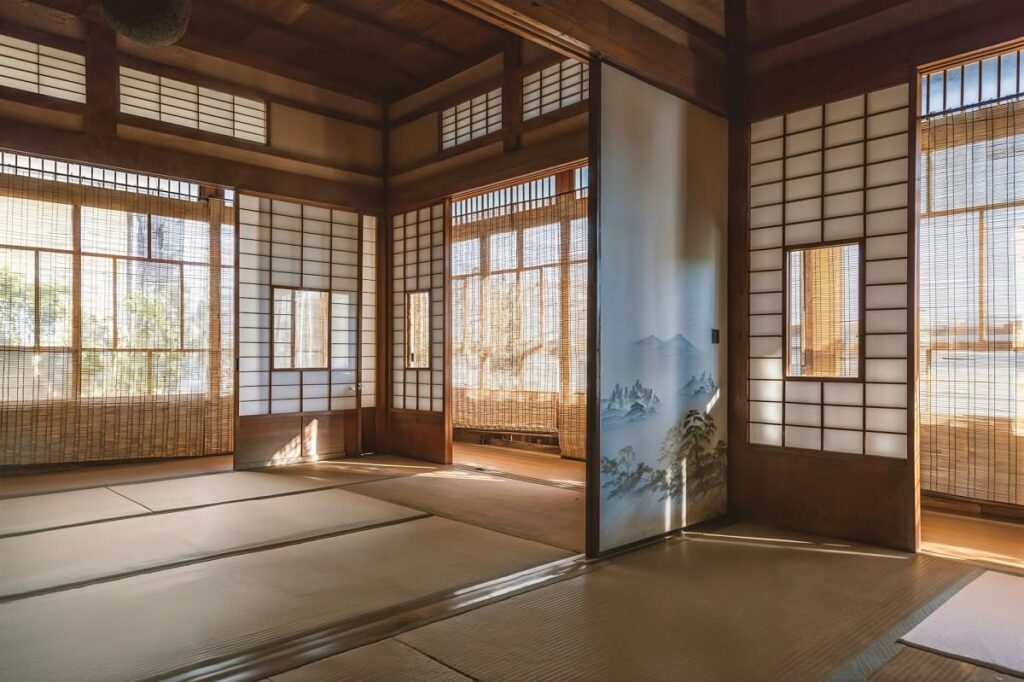
Japan’s summers are humid, while winters are often dry. Tatami mats excel in these conditions by absorbing excess moisture and releasing it when needed, helping maintain a balanced indoor environment.
Insulation in Winter
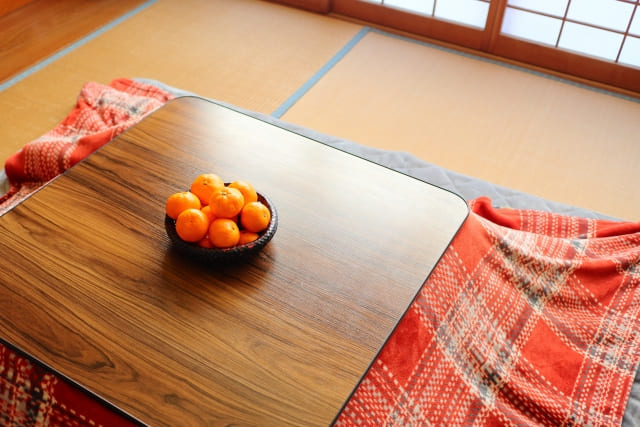
Tatami mats also provide excellent insulation, keeping rooms warm during colder months. This makes tatami an ideal flooring choice for year-round comfort in Japan.
What Are Tatami Mats?
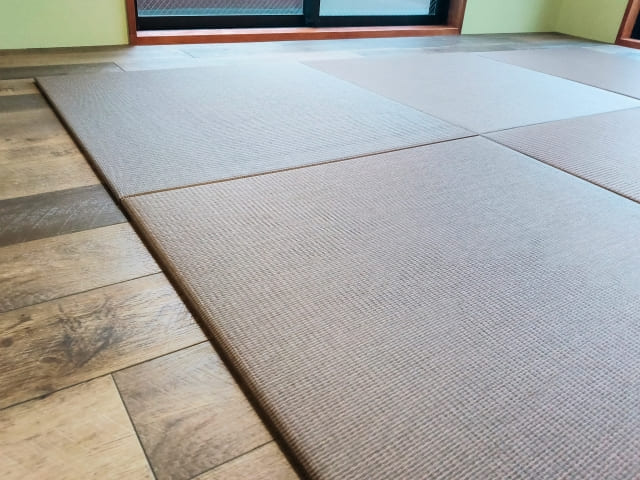
In recent years, lightweight and portable tatami mats have become increasingly popular. These thin mats can be placed on existing flooring to instantly create a Japanese-style space, even in Western-style rooms. Their soundproofing qualities make them particularly appealing to apartment and condominium dwellers.
Tatami in Games: Nioh and Rise of Ronin

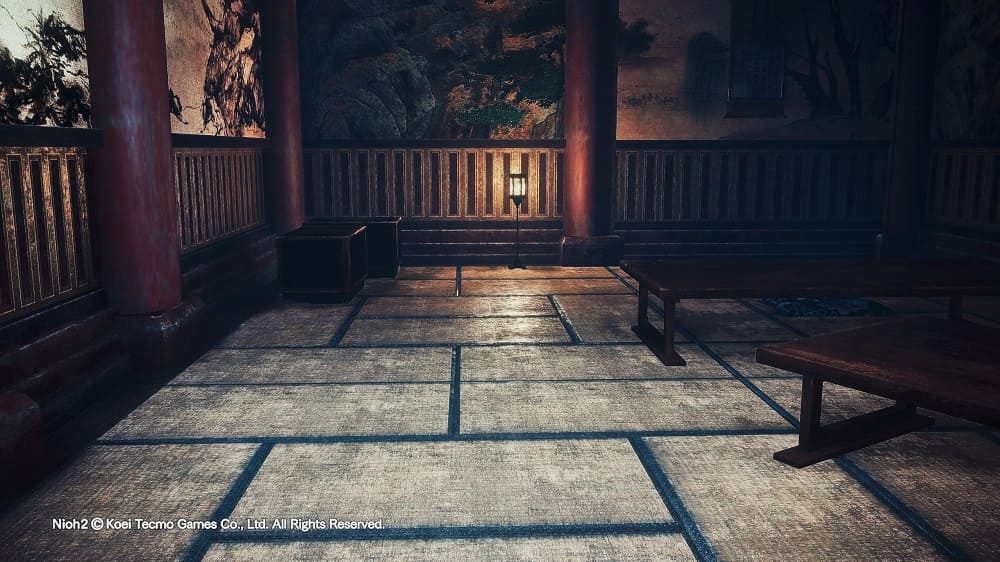
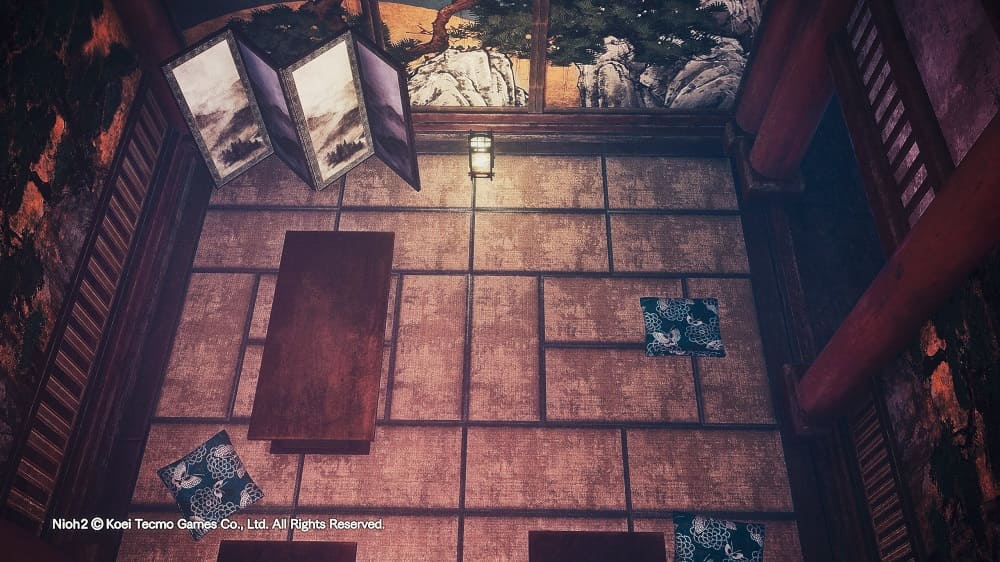
Tatami mats have even made their way into popular games like Nioh and Rise of Ronin. These games faithfully recreate traditional Japanese interiors, complete with the texture and placement of tatami mats. In Nioh, players may even find themselves battling in tatami-lined rooms, immersing them in the essence of Japanese culture.
Conclusion
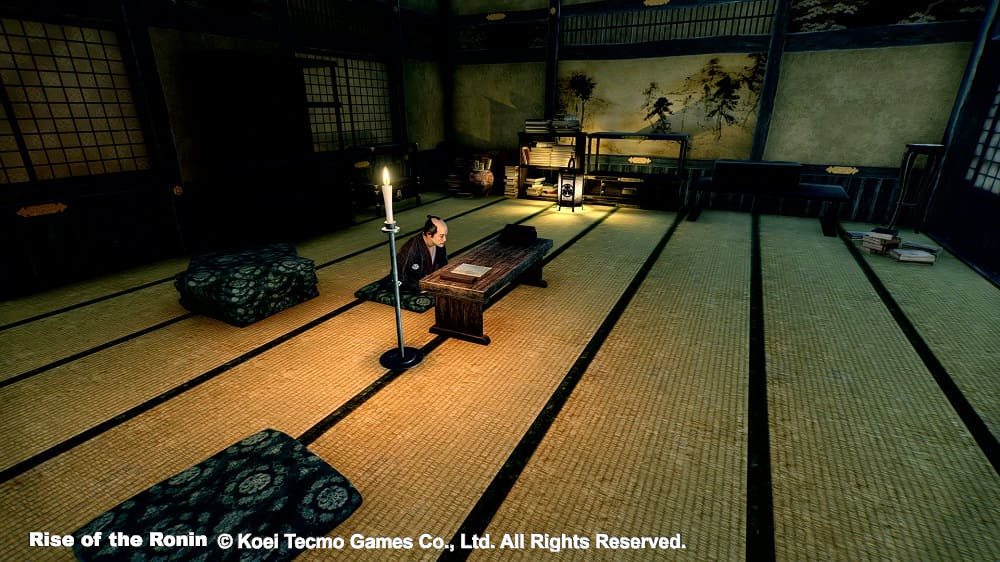
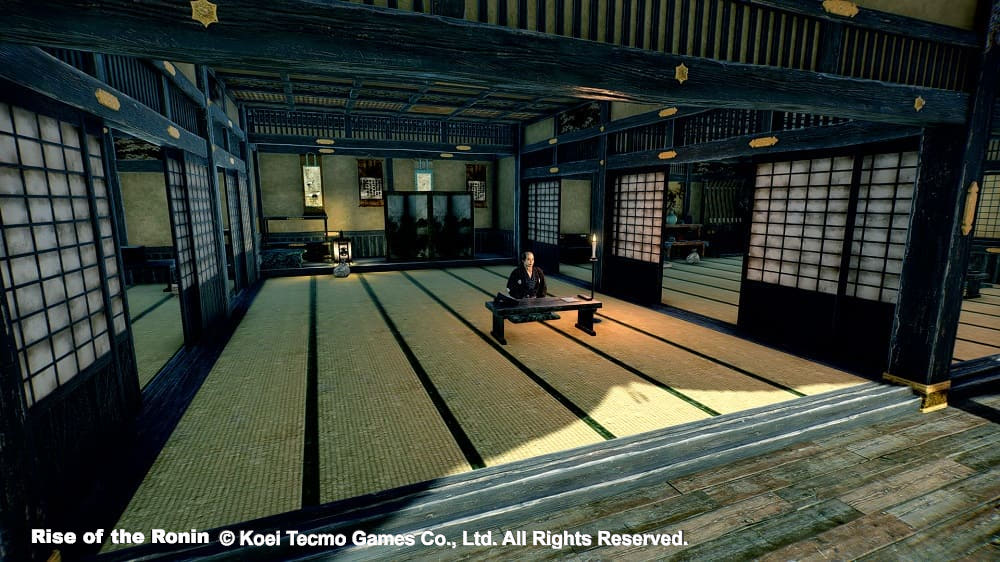
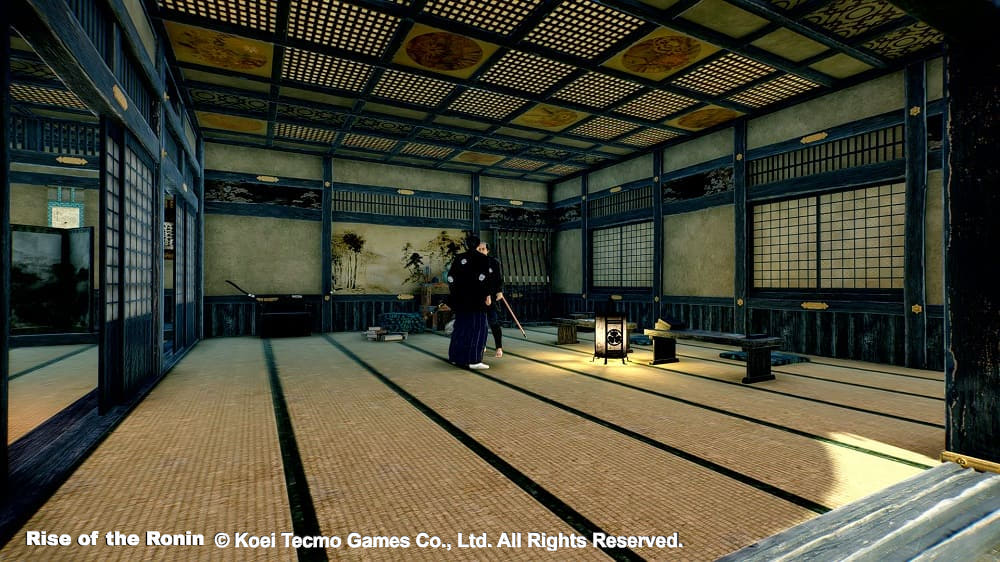
Tatami mats, rooted in Japan’s history since the Jomon era, remain a vital part of Japanese culture. Their materials and structure are perfectly suited to Japan’s climate, offering relaxation and functionality that transcend time. Whether in traditional or modern settings, tatami continues to captivate with its charm, inviting people to experience the profound beauty of Japanese heritage.

If you are interested in Japanese culture, you may love these games!
Let’s play!

Yes! Let’s play!

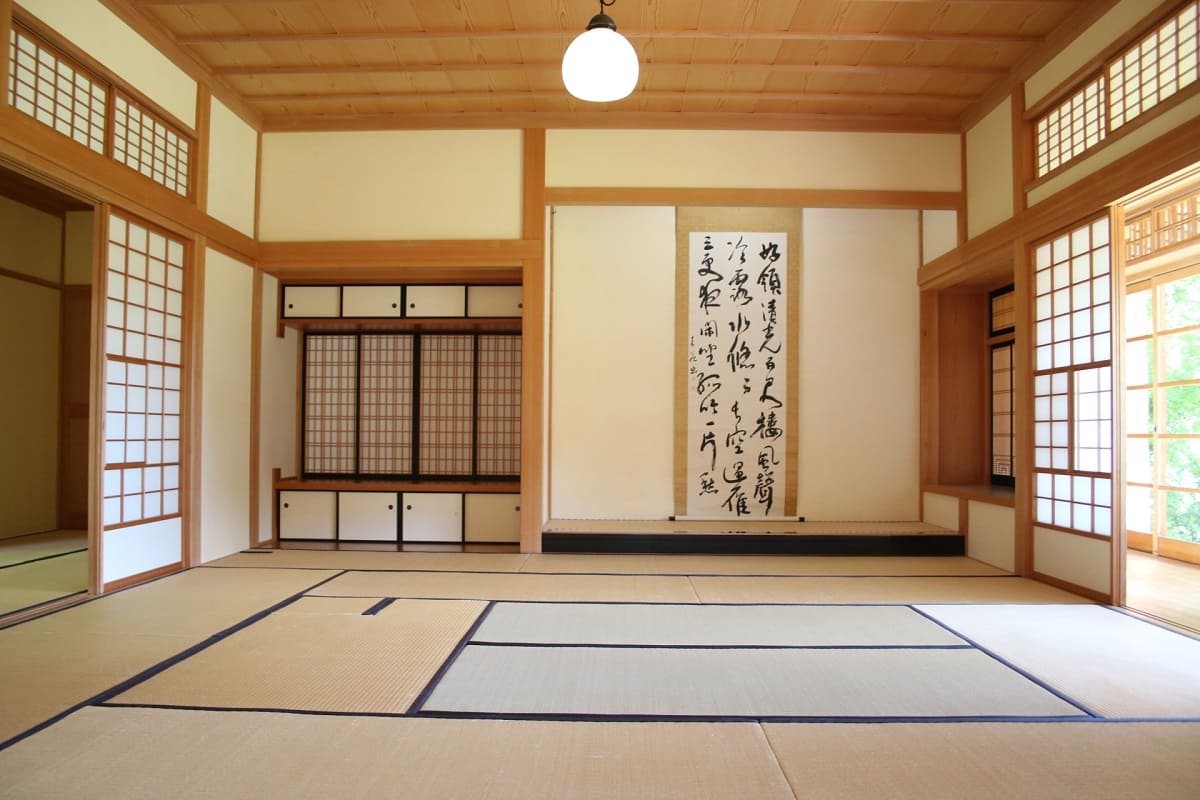


Comments